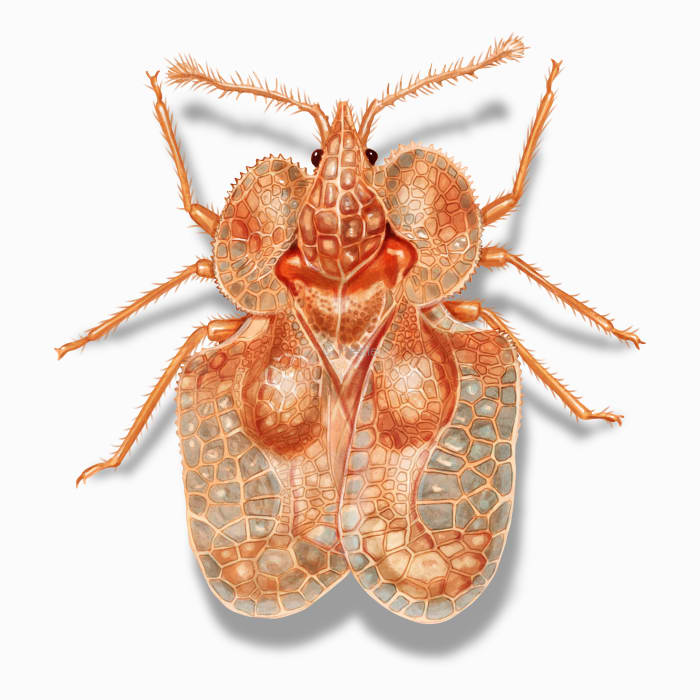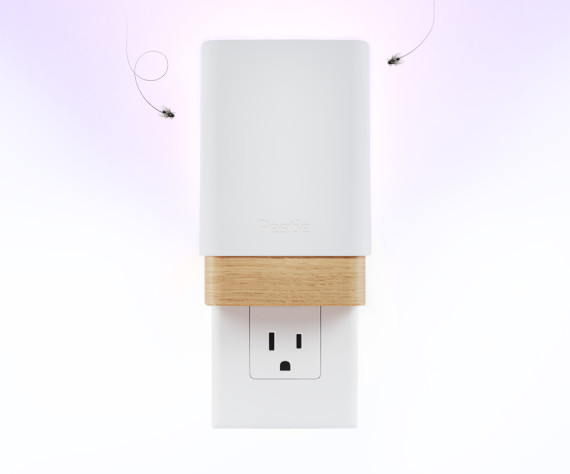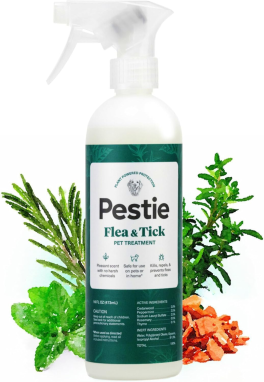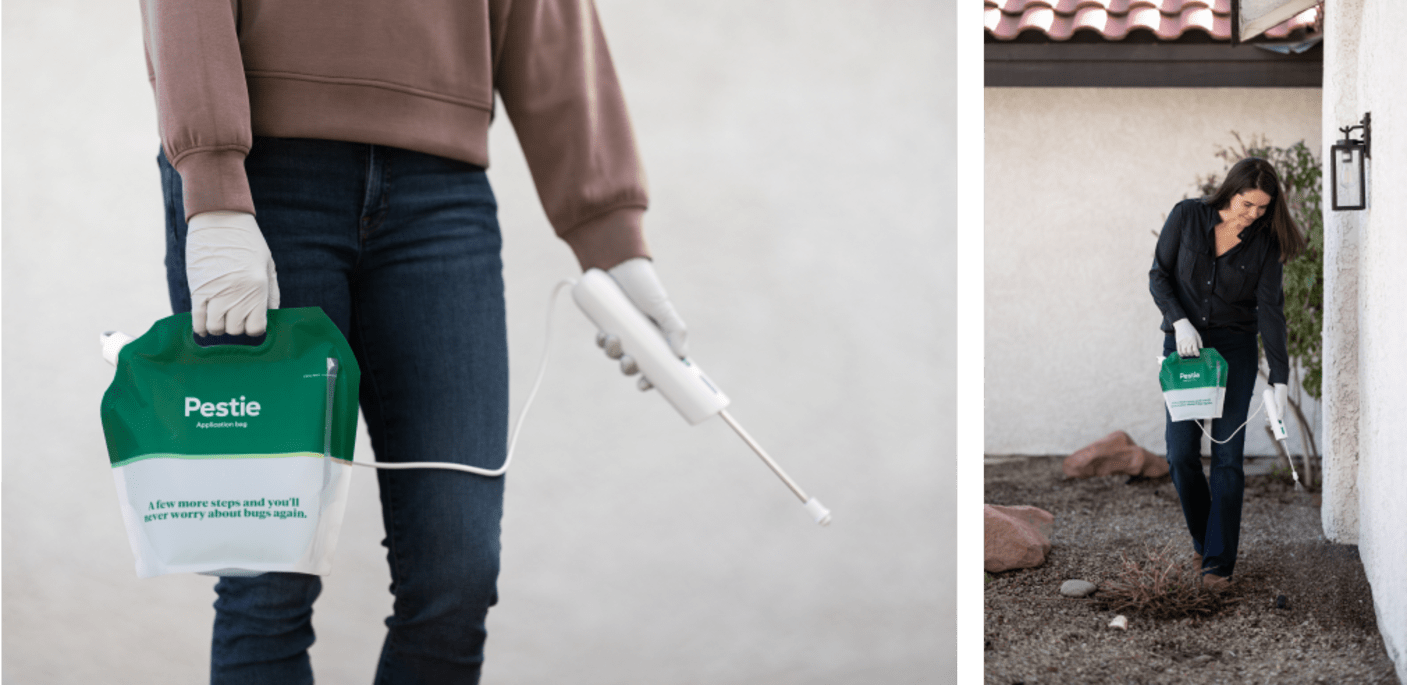How to identify and get rid of lace bugs

Fancy bugs with an appetite for your trees
If there's an award for the most elegant pest in and around our homes, it would probably go to the lace bug. Lace bugs are named for the intricate network of patterns that are on their wings and back, which have the same look as your grandmother's lace.
These lace bugs aren't just pretty to look at. Their plant-sucking pests can cause trees and shrubs to weaken and, if the infestation is bad enough, even die. Most lace bugs will stay on the same plant their whole lives, from egg to adult. They are particular about which plant they decide to spend their lives on. Most species of lace bugs need a specific plant host to complete their life cycle.
They prefer trees and shrubs, like walnuts, oaks, willows, Amelanchier, hackberries, and basswood. They tend to hide in the nooks and crannies of bark or under leaves. The adults will be actively flying in the spring, looking for somewhere to mate and lay eggs. There are often multiple generations in one year, so the numbers can increase rather quickly.
How to identify lace bugs
Lace bugs are known for their fancy lacey wings. They're small and have a flat body. The most common species in the US has a white body with black markings on its back.
A telltale sign of lace bug damage is the stippling effect they leave on leaf surfaces, making them appear speckled with white or yellow dots. This is because they suck the sap from the underside of leaves, disrupting the plant's ability to photosynthesize. Severely affected plants may have leaves that turn yellow or brown and eventually drop off.
How big are lace bugs?
Adult lace bugs grow up to 1/8 inch long.
Where do lace bugs live?
Lace bugs are found throughout the United States, thriving in both wild and cultivated landscapes. They are rarely found inside, but they can sometimes hitch a ride on your indoor plants if you bring them outside.
How to get rid of lace bugs
Battling lace bugs can be tricky since they are so small. However, with the right tactics, you can keep their numbers in check.
Here are a few solutions:
- Water Spray: Dislodge bugs with a strong jet of water from a garden hose. Make sure to check under leaves.
- Remove Infested Leaves: Manually remove and dispose of heavily infested leaves to reduce populations.
- Encourage Beneficial Insects: Attract lacewing flies or ladybugs that prey on lace bugs.
- Barriers and Reflective Mulches: Use reflective mulch around plants to deter lace bugs.
- Insect Spray: Establish an insect barrier around your home with a DIY, pro-grade solution from Pestie.
Treat lace bugs with Pestie
If you're still having trouble keeping lace bugs away, the best option is to use a pro-grade, effective pest control solution like Pestie.
Pestie is a do-it-yourself pest control solution that's specially designed to keep lace bugs and other pests away from your home.
With Pestie, you can rest easy knowing that your living space is protected and free of creepy crawlies. And the best part? It's designed for people, pets, and the planet, so you can say goodbye to harsh chemicals and hello to peace of mind!
- Save hundreds compared to traditional annual pest plans
- People, pet, and planet-friendly
- Pro-grade customized formulas
Quick facts
- Scientific name
Tingidae
- Colors
White, tan, black markings
- Life span
4-6 weeks
- Diet
Plant sap from leaves from deciduous trees and shrubs
How dangerous are Lace Bugs?
Low danger risk
Lace bugs are not harmful to humans but can cause significant damage to ornamental plants.
Like many other insects, lace bugs often live in groups, especially in the nymph stage. This communal living helps protect them from being eaten by predators.








